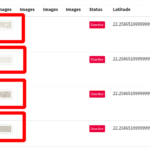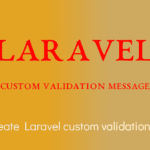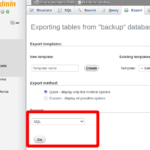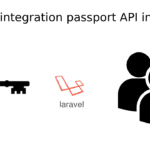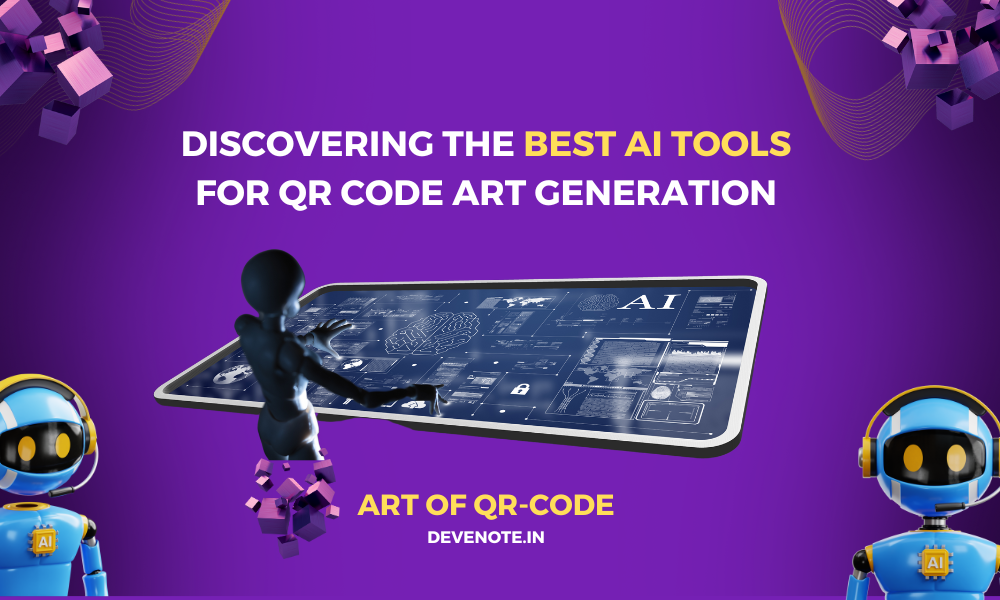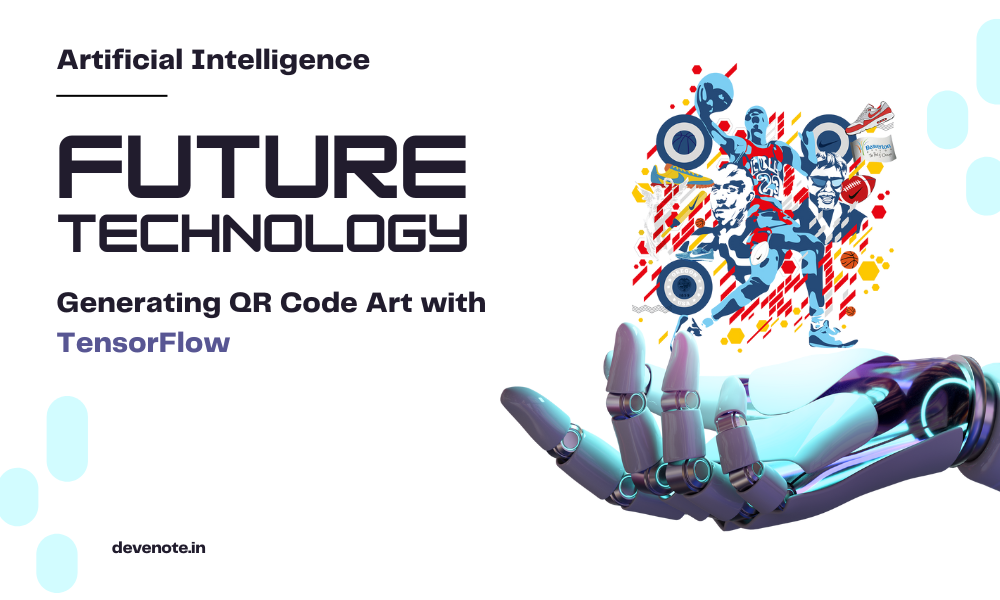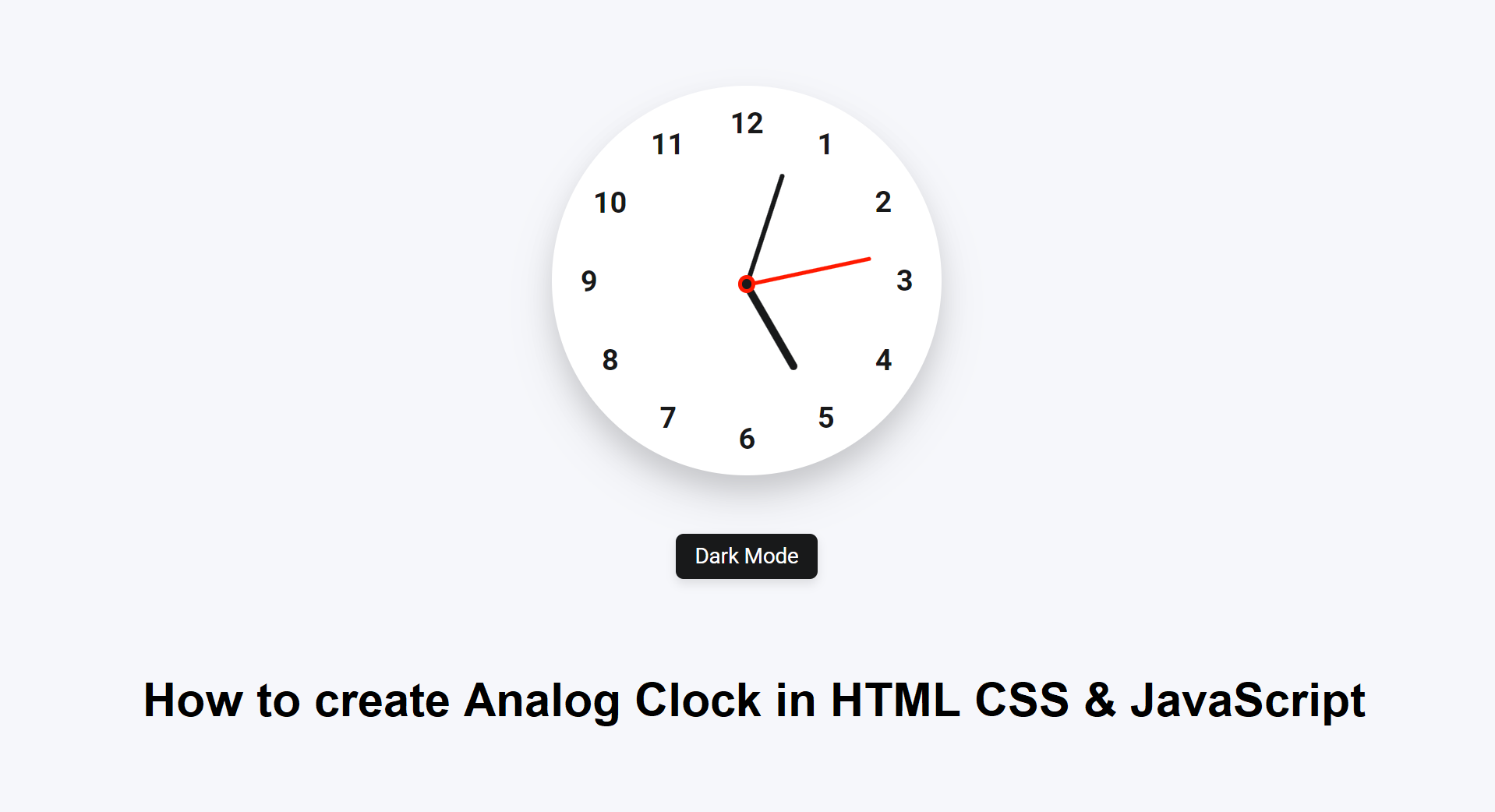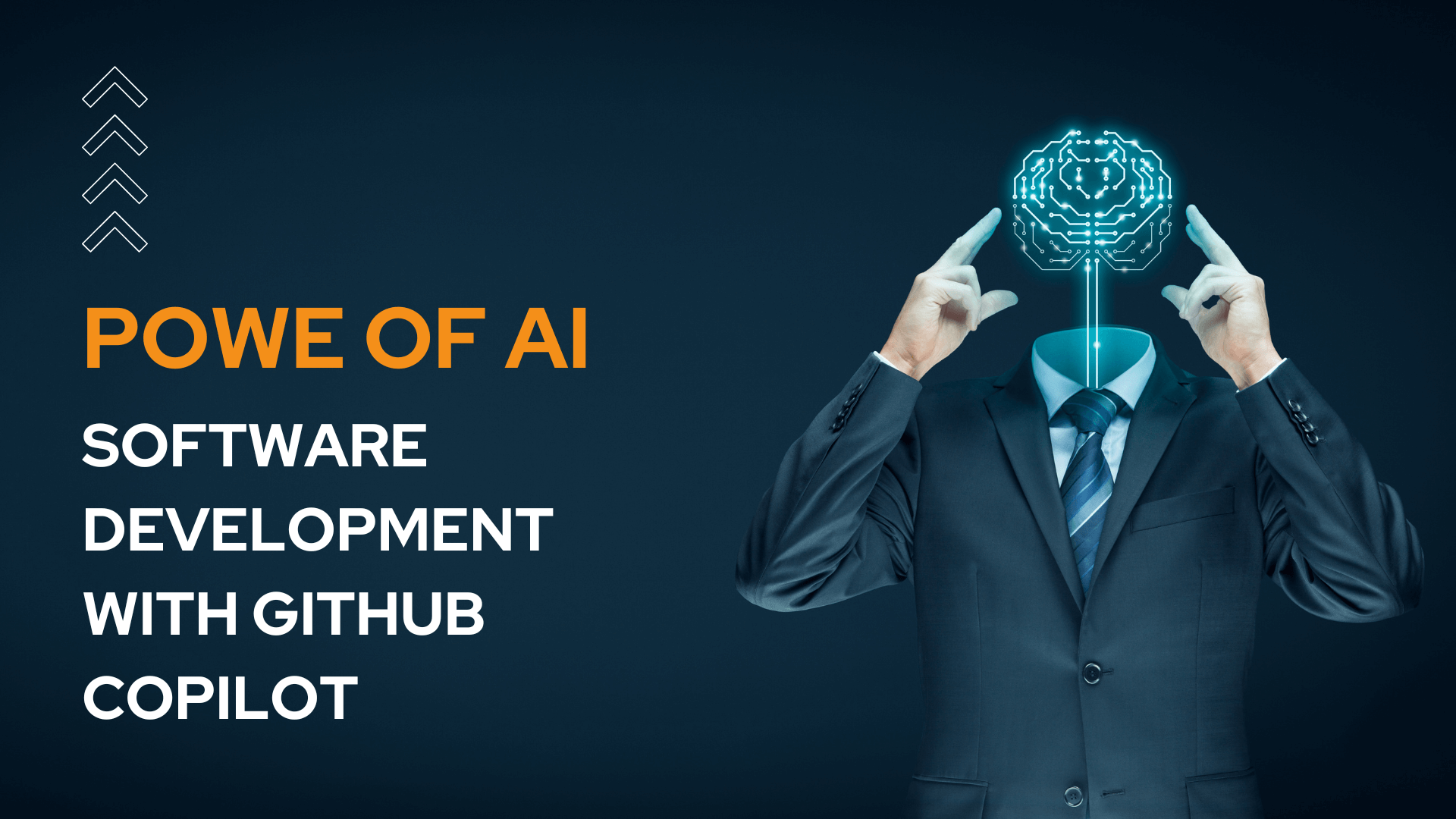Discovering the Best AI Tools for QR Code Art Generation
AI-generated QR code art is a creative approach that combines artificial intelligence (AI) algorithms with the functionality of QR codes to produce visually appealing and customized designs. Traditional QR codes are black-and-white, square-shaped patterns used for encoding information that can be scanned by smartphones or QR code readers. However, with AI, artists, and designers can now leverage algorithms to transform these mundane codes into intricate and aesthetically pleasing artworks.
Table of concept
1 Discovering the Best AI Tools for QR Code Art Generation
AI-generated QR code art refers to the utilization of artificial intelligence algorithms to create visually captivating and customized designs within the framework of QR codes. Traditional QR codes are practical but often lack aesthetic appeal. However, by leveraging AI technology, artists and designers can transform these codes into artistic expressions that merge functionality and creativity.
2 Understanding AI-Generated QR Code Art
AI-generated QR code art refers to the utilization of artificial intelligence algorithms to create visually captivating and customized designs within the framework of QR codes. Traditional QR codes are practical but often lack aesthetic appeal. However, by leveraging AI technology, artists and designers can transform these codes into artistic expressions that merge functionality and creativity.
3 Potential Applications of AI-Generated QR Code Art
3.1 Marketing and Advertising
AI-generated QR code art can enhance the visual appeal of promotional materials, such as posters, brochures, or billboards. It allows businesses to create engaging and memorable QR codes that capture the attention of potential customers and drive interactions.
3.2 Branding and Identity
Companies can use AI-generated QR code art to incorporate their brand colors, logos, or specific design elements into QR codes. This helps in reinforcing brand identity and recognition while maintaining the functionality of the code.
3.3 Interactive Installations
AI-generated QR code art can be employed in interactive exhibits or installations, where visitors can scan the codes to access additional content, such as videos, augmented reality experiences, or interactive games. It adds an artistic and interactive dimension to the overall visitor experience.
3.4 Artistic Expression
Artists can use AI-generated QR code art as a medium for their creative expression. By manipulating design parameters, they can create unique and visually striking QR code designs that showcase their artistic style and message.
4 Benefits of Incorporating AI Algorithms in QR Code Design
4.1 Customization
AI algorithms enable precise control over various design elements, including colors, shapes, patterns, and textures. This level of customization allows for the creation of QR codes that align with specific branding guidelines, artistic visions, or thematic requirements.
4.2 Aesthetics and Visual Appeal
By leveraging AI algorithms, designers can transform plain QR codes into visually appealing and engaging designs. This opens up opportunities for creating eye-catching QR codes that stand out and leave a lasting impression on users.
4.3 Efficiency and Scalability
AI algorithms facilitate the generation of multiple QR code variations quickly and effortlessly. Artists and designers can experiment with different designs, iterate the process, and generate a large volume of QR code art efficiently. This scalability is beneficial for marketing campaigns or projects that require the integration of QR codes on a large scale.
4.4 Innovation and Exploration
AI-generated QR code art pushes the boundaries of traditional design approaches by incorporating computational creativity. It allows artists and designers to explore new possibilities, experiment with unconventional patterns or textures, and create QR code designs that were previously unimaginable.
When it comes to choosing the right AI tool for generating QR code art, there are several options available. Here are some AI tools and frameworks that can be considered, along with their features, ease of use, and compatibility with QR code generation:
5 TensorFlow
5.1 Features
TensorFlow is an open-source machine learning framework that provides a wide range of tools and resources for AI development. It offers flexibility, scalability, and a large community of developers.
5.2 Ease of Use
TensorFlow provides high-level APIs that simplify the process of building and training AI models. However, it requires some understanding of machine learning concepts.
5.3 Compatibility
TensorFlow can be used for various tasks, including image processing and generation, making it suitable for generating QR code art.
6 PyTorch
6.1 Features
PyTorch is another popular open-source machine learning framework that emphasizes dynamic neural networks. It provides a robust ecosystem for AI development with extensive support for computer vision tasks.
6.2 Ease of Use
PyTorch offers an intuitive and beginner-friendly API, making it relatively easy to learn and use. Its dynamic nature allows for easier debugging and experimentation.
6.3 Compatibility
PyTorch can be used for various image-related tasks, including QR code generation. It’s flexibility and extensive library of pre-trained models make it a suitable choice for AI-generated QR code art.
7 GANs (Generative Adversarial Networks)
7.1 Features
GANs are a class of AI models that consist of a generator and a discriminator, working together to generate realistic and visually appealing outputs. GANs excel at generating complex and diverse images.
7.2 Ease of Use
GANs can be more complex to implement and train compared to traditional deep learning models. Some experience with machine learning and neural networks is beneficial.
7.3 Compatibility
GANs can be applied to generating QR code art by training the generator network to produce visually pleasing QR code designs while maintaining functionality.
8 StyleGAN
8.1 Features
StyleGAN is a specific type of GAN that focuses on generating realistic and high-resolution images with controllable styles and attributes. It allows for fine-grained control over generated outputs.
8.2 Ease of Use
StyleGAN implementations and pre-trained models are available, making it easier to experiment with style transfer and artistic generation. However, some knowledge of GANs and deep learning is still required.
8.3 Compatibility
StyleGAN can be used to generate QR code art by training the network to learn the style and aesthetic preferences desired in the QR code designs.
9 RunwayML
9.1 Features
RunwayML is an AI tool that provides a user-friendly interface and pre-trained models for various creative AI applications. It offers a wide range of AI models and algorithms accessible through a visual interface.
9.2 Ease of Use
RunwayML is designed to be beginner-friendly, making it accessible to artists and designers without extensive coding experience. It provides a drag-and-drop interface for creating AI-generated artwork.
9.3 Compatibility
RunwayML can be used for generating QR code art by utilizing its pre-trained models or by training custom models with QR code-specific datasets.
When selecting an AI tool, consider the specific requirements of your project, your familiarity with the tool or framework, and the level of customization and control you need. Each tool mentioned above has its own strengths and compatibility with QR code generation, so it’s essential to evaluate them based on your specific needs and preferences.

